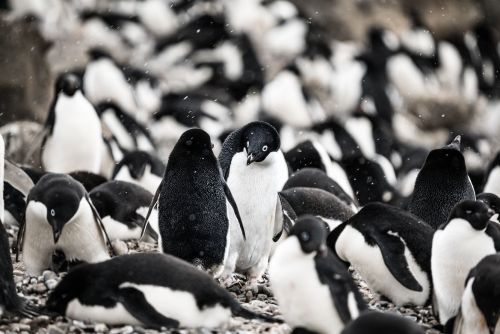This large and interesting water bird appears in Central Europe during the breeding season and only in the north-west of the country can it be found all year round. It is a very voracious species with a very wide food spectrum. It happens that even birds as large as 25 cm fall victim to herons. It is not an endangered species.
So far, 64 species have been described in the heron family. These are water birds, until recently considered related to storks, but genetic tests have shown that they are closer to pelicans.
He constantly resides in the British Isles and from France to Germany. In Asia, from India to the South China Sea and Japan, and in Africa, the south and southwest, including Madagascar. It winters in central and northern Africa, southern Europe, Thailand, and Vietnam, and breeds in Central Europe and Central Asia.
They can be found in the Caribbean, Bermuda, as well as in Greenland, Iceland and Newfoundland.
They live on lakes, rivers, ponds, ditches, floodplains, swamps, estuaries, and the seashore. They are most often found in the lowlands, but they also live in higher places. Interestingly, the gray heron is sometimes found even in desert areas, where it hunts for beetles and lizards.
The wingspan of a gray heron is 155 to 195 cm and the standing height is 100 cm. Weight from 1 to 2 kg.
The neck and head are white, from the eyes to the back of the head there is a blue-black strip topped with a large crest. Their head is equipped with a pink and yellow long and straight beak and the iris is yellow. The beak is ⅔ of the length of the skull. There are rows of vertical black lines on the neck. The legs are long and brown.
It is yellow most of the year and turns orange for a short mating season.
This feature distinguishes herons from cranes and storks.
Their diet consists of invertebrates, fish, amphibians, snakes, small birds, and mammals. It happens that the heron hunts small ducks or other birds with a body size of up to 25 cm.
The large prey is taken to the shore, where the heron overpowers it and eats it piece by piece, pecking and tearing out pieces of meat. In the case of small birds and mammals, herons can grab them with their beaks and plunge them underwater to drown the victim.
They usually stand still and wait until the prey comes close enough. Apparently, they are most effective in hunting on moonlit, cloudless nights.
In the beginning, males look for a convenient location to build a nest, most often in the branches of tall trees, but sometimes also on the ground. They build them from any available material, most often from branches and grass. After building the nest, the period of females calling begins and when they are nearby, the males begin to wave and spread their wings and raise their beaks vertically up. The final stage of courtship is when the male and female touch each other with their beaks and stroke each other.
Herons often expand old nests by adding fresh materials on top of the previous structure.
They are greenish-blue in color, have a matte surface and have average dimensions of 60x43 mm. The interval between laying subsequent eggs is about two days, and incubation begins after the first or second egg is laid.
About 25 days pass from laying the egg to hatching. After the young hatch, the male and female are also responsible for feeding them. Gray herons usually breed one brood a year, but there are cases of two, especially when the first brood is lost.
They gain full independence around 10 weeks of age.
Only about 30% of the young survive the first year, and most fall victim to predators. Due to their size, adult individuals do not have many natural enemies. The biggest threats include foxes and people.
However, the record holder lived to the age of 23.












